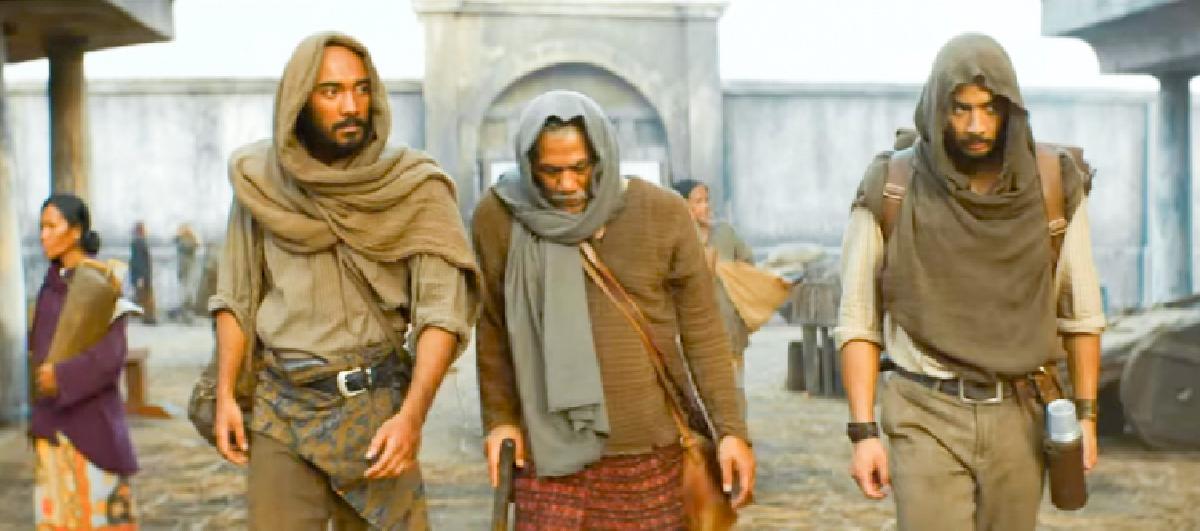Javanese Cowboys
Tuesday, July 24, 2018
arsip tempo : 171398774795.

Acertain time, a certain place.
We not only enter into what seems to be a 19th-century train carriage, but also into a universe created by Mike Wiluan, a world strange and very unfamiliar. A fight breaks out in the train carriage between a giant of a man and a Malay (later we learn his name is Jamar, played by Ario Bayu). The giant seems close to defeating Jamar. But from the outset we already suspect that the fantasy storyline will champion Jam
...
Subscribe to continue reading.
We craft news with stories.
 For the benefits of subscribing to Digital Tempo, See More
For the benefits of subscribing to Digital Tempo, See More








